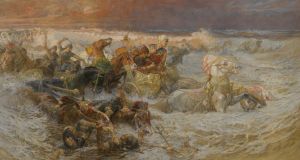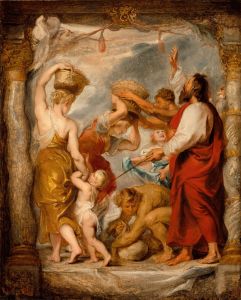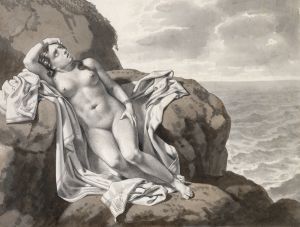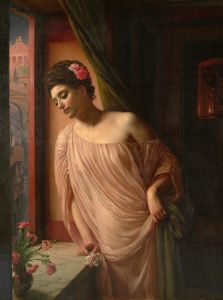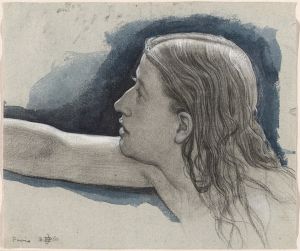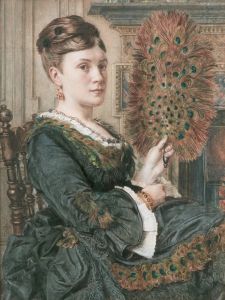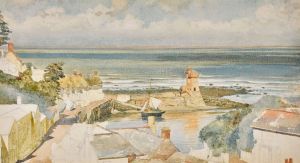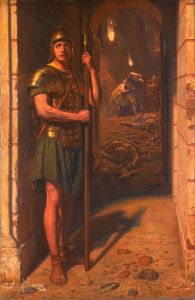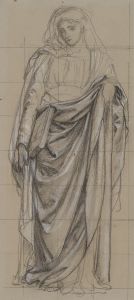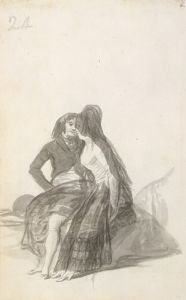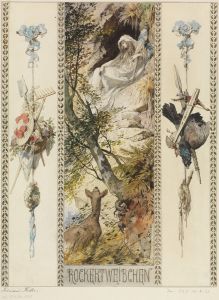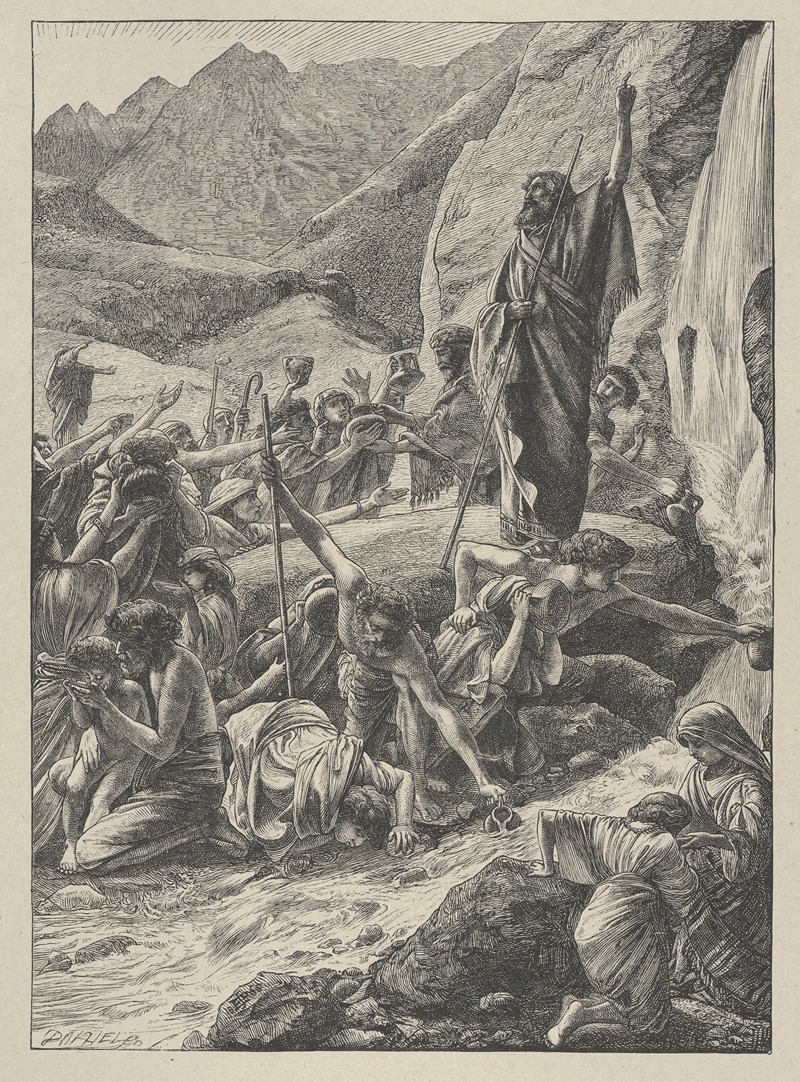
Moses Strikes the Rock
A hand-painted replica of Edward John Poynter’s masterpiece Moses Strikes the Rock, meticulously crafted by professional artists to capture the true essence of the original. Each piece is created with museum-quality canvas and rare mineral pigments, carefully painted by experienced artists with delicate brushstrokes and rich, layered colors to perfectly recreate the texture of the original artwork. Unlike machine-printed reproductions, this hand-painted version brings the painting to life, infused with the artist’s emotions and skill in every stroke. Whether for personal collection or home decoration, it instantly elevates the artistic atmosphere of any space.
Edward John Poynter's painting "Moses Strikes the Rock" is a notable work by the British artist, who was an influential figure in the Victorian art scene. Poynter, born in 1836, was known for his historical and classical subjects, and his works often reflected his academic training and attention to detail. "Moses Strikes the Rock" is one of his paintings that draws inspiration from biblical narratives, a common theme in 19th-century art.
The painting depicts a scene from the Old Testament, specifically from the Book of Exodus. In this narrative, the Israelites, led by Moses, are wandering in the desert after their escape from Egypt. They face the dire challenge of finding water, and the people begin to despair. In response to their plight, God instructs Moses to strike a rock with his staff, promising that water will flow from it to quench their thirst. This miracle is a testament to divine intervention and Moses' leadership.
Poynter's rendition of this biblical event captures the dramatic moment with a focus on realism and emotional intensity. The composition likely emphasizes the figure of Moses, possibly portrayed with a commanding presence, as he strikes the rock. The surrounding figures, presumably Israelites, might be depicted in various states of anticipation, relief, or awe as they witness the miracle. Poynter's skillful use of light and shadow would enhance the drama of the scene, highlighting the miraculous flow of water as a focal point.
As with many of Poynter's works, "Moses Strikes the Rock" would reflect his meticulous attention to historical and cultural details, informed by his academic background and travels. Poynter was known for his dedication to accuracy in costume and setting, often drawing from historical sources to ensure authenticity. This commitment to detail would be evident in the depiction of the figures' attire and the arid landscape of the desert setting.
Edward John Poynter's career was marked by significant achievements, including his role as President of the Royal Academy and his influence on the development of art education in Britain. His works, including "Moses Strikes the Rock," contribute to the rich tapestry of Victorian art, characterized by its narrative depth and technical precision.
While specific details about the painting's current location or its exhibition history might not be readily available, Poynter's works are generally held in high regard and can be found in various public and private collections. His paintings continue to be studied and appreciated for their artistic merit and their reflection of the cultural and religious themes of the Victorian era.
In summary, "Moses Strikes the Rock" by Edward John Poynter exemplifies the artist's mastery of historical and biblical subjects, showcasing his ability to convey narrative and emotion through detailed and realistic portrayal.





